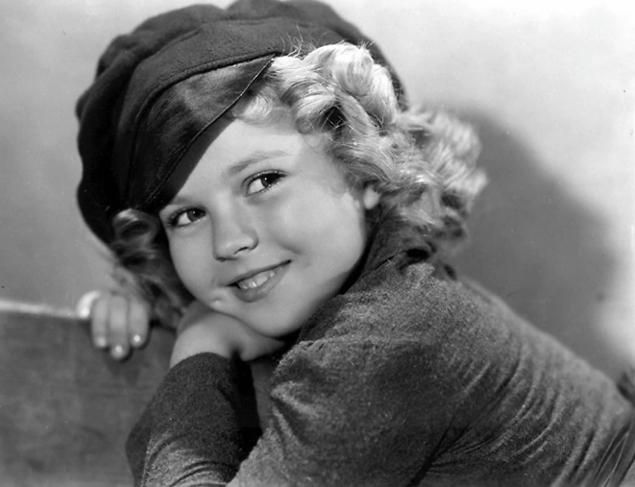
The Legacy of Shirley Temple
Shirley Temple Black made significant contributions to film, television and in other areas of the performing arts including music and dance. Shirley’s career spanned many decades, but her performances in the 1930s are some of the most memorable of any actress to ever perform on screen and stage. What makes her early performances so special is that she were only a child, and yet able to perform in leading roles with originality and extraordinary character.

Shirley, one of the most recognizable faces in all of television, became a global icon because people around the world appreciated her life and career. She used her popularity to help people internationally. As an adult, she served as the United States Ambassador to Ghana, later Czechoslovakia, and Chief of Protocol of the United States.

In 1932, Shirley was only three year s old when she began her career in entertainment. By 1934, she had already become an international icon due to her popular role in Bright Eyes. She also won awards for her roles in Curly Top and Heidi the same decade.
A star emerged that grew beyond the genre of film-Shirley became a household name in America and in many places around the world. Dolls, clothing, dish sets and other merchandise were manufactured and distributed with Shirley’s image as branding. Her image became larger than life, she was to become an inspiration that many people genuinely adorned and wanted to emulate.
After the wide spread of the merchandise and after starring in few more roles, Shirley decided to retire from acting at age 22. At this point in her career she was a mega success story, whose films were the highest grossing at the box office for several years.
Technology in the entertainment business become more innovative and a new frontier emerged for performers like Shirley. The introduction of the color television into the mainstream made the prospect of performing on the “small screen” appealing because actors could be live and in color. This was to be the golden opportunity for Shirley to bring her extraordinary talents to the world of color television.
Shirley returned to television in 1958 with a show for fairytale adaptations that lasted two seasons. She made guest appearances on many shows throughout the 1960s and even had planned to release sitcom for a major television network. Even though the sitcom never released, Shirley continued to make as many appearances on television as possible, and even explored the business side of the entertainment industry. She served on the boards for The Walt Disney Company, Del Monte Foods, and National Wildlife Federation.
In 1988, Shirley shared her life and experiences in a published autobiography-Child Star. She received many awards for her work, including Kennedy Center Honors, Screen Actors Guild Life Achievement Award, and was ranked number 18 on the American Film Institute’s list of greatest female American film legends.
Shirley had a special on screen essence that changed the way observers viewed film and television. She was an even greater person off screen. She was a mother, grandmother, icon, diplomat, inspiration that used her extraordinary talents and passion to change the world.
